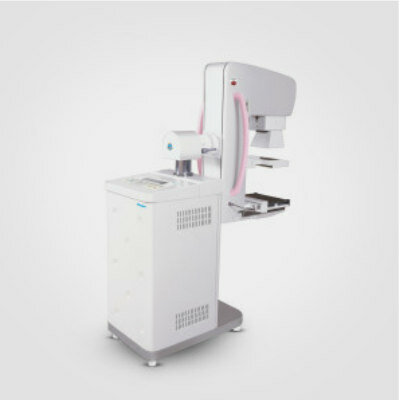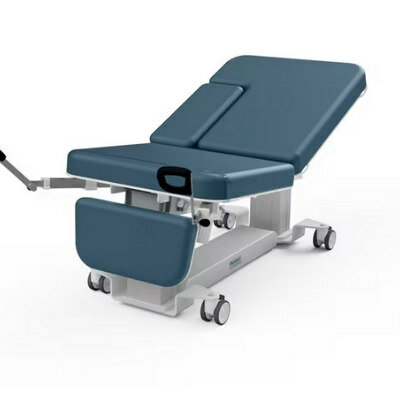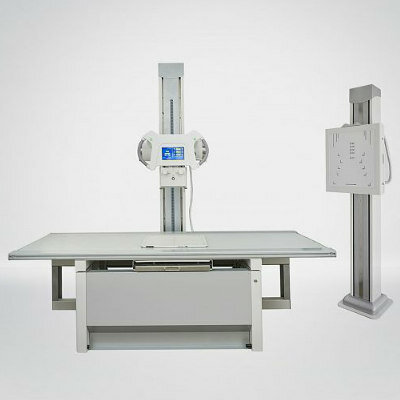Next-Gen Tau Radiotracers Outperform FDA-Approved Imaging Agents in Detecting Alzheimer’s
Posted on 13 Feb 2025
In Alzheimer’s disease, tau tangles are closely linked to cognitive decline: the greater the number of tangles, the more severe the cognitive impairment. By measuring the amount of tau in brain tissue using PET imaging, doctors can accurately stage Alzheimer’s disease and determine the most suitable treatment options. Now, two new PET radiotracers have demonstrated superior performance compared to the only currently FDA-approved radiotracer for detecting tau tangles in the brain, which are a hallmark of Alzheimer’s disease. In a direct comparison of the three imaging agents, the next-generation radiotracers showed greater binding to Alzheimer’s disease brain tissue and enhanced selectivity for identifying the tangles. This research, published in The Journal of Nuclear Medicine, could be crucial in assessing the outcomes of clinical trials for Alzheimer’s disease therapies.
In the study, researchers at the Universidade Federal de Rio Grande do Sul (UFRGS, Porto Alegre, Brazil) used autoradiography to evaluate the binding of 18F-Flortaucipir (FDA-approved), 18F-MK6240, and 18F-PI2620 in autopsy-confirmed Alzheimer’s disease and healthy brain tissues. The binding values were calculated for regions of interest in the prefrontal cortex, hippocampus, and cerebellar cortex sections of the brain, as well as for the whole-brain hemisphere. For all three radiotracers, a significant difference in binding was observed between Alzheimer’s disease brain tissue and healthy brain tissue in the whole brain hemisphere, prefrontal cortex, and hippocampus, but not in the cerebellar cortex. Binding to Alzheimer’s disease brain tissue was higher for 18F-MK6240 and 18F-PI2620 than for 18F-Flortaucipir. Furthermore, 18F-MK6240 and 18F-PI2620 displayed greater selectivity than 18F-Flortaucipir. The study also suggests that harmonization methods are essential to address the differences between tau imaging agents.
![Image: Autoradiography images showing binding of [18F]flortaucipir, [18F]MK6240, and [18F]PI2620 in prefrontal cortex, hippocampus, and cerebellum (A) and in whole-brain hemisphere (B) of control and AD brains (Photo courtesy of UFRGS) Image: Autoradiography images showing binding of [18F]flortaucipir, [18F]MK6240, and [18F]PI2620 in prefrontal cortex, hippocampus, and cerebellum (A) and in whole-brain hemisphere (B) of control and AD brains (Photo courtesy of UFRGS)](https://globetechcdn.com/mobile_medicalimaging/images/stories/articles/article_images/2025-02-12/F2.large.jpg)
“With their higher specificity, these new tau imaging agents are ideal for detecting the small changes that occur in brain tissue over time. This can be especially helpful in Alzheimer’s disease clinical trials that utilize tau PET as an outcome measure,” said Eduardo R. Zimmer, PhD, assistant professor of pharmacology at UFRGS. “Our work represents an important step toward the harmonization of tau tracers,” Zimmer said, “and the results might provide insights into initiatives to create a universal scale for tau tracers.”
Related Links:
UFRGS














